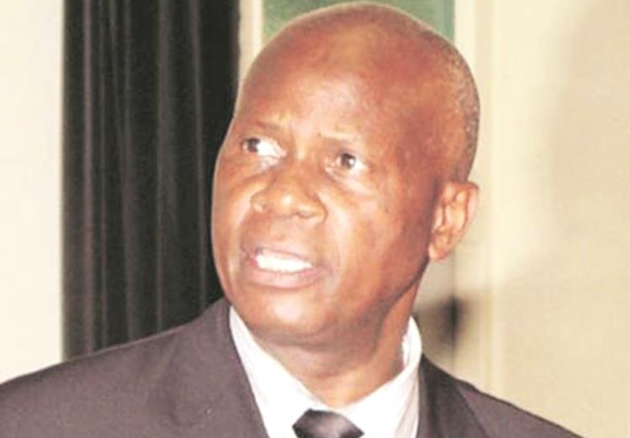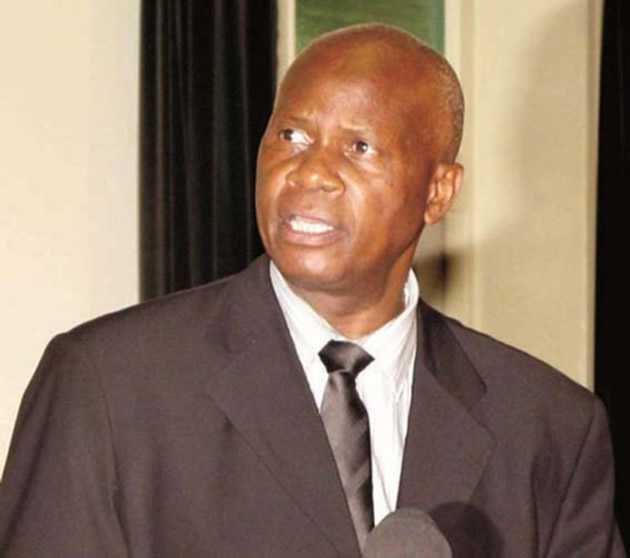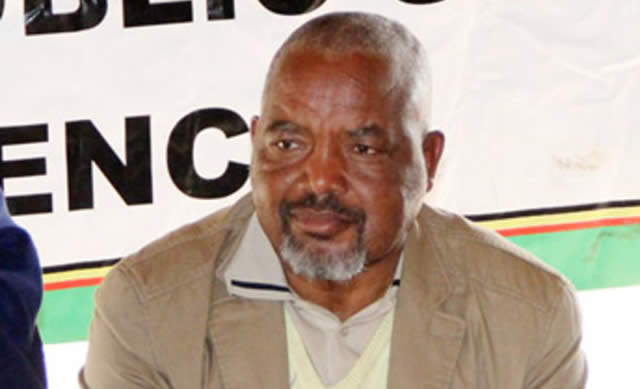Gold miners need $600m to retool

Golden Sibanda and Sabastian Mubvumbi
ZIMBABWE’S loss making large-scale gold producers require an estimated $600 million to recapitalise over the next five years, as they battle viability problems due to low global prices and high costs.
About $130 million is immediately needed to ramp up production, retool and enhance efficiency, the Chamber of Mines of Zimbabwe said. This would help producers to increase production from an average annual growth rate of 2 percent to over 10 percent in the medium term.
“Thirty percent of the total capital requirements will be sustaining capital while the remainder is ramp up capital,” the miners’ lobby group said.
The COMZ said low productivity due to inadequate capital has contributed to the high cost of production resulting in viability problems.
Already, viability challenges in gold mining are expected to affect the 2015 output, now projected by miners at 10 150 kilogrammes (lower than the Government estimate of 15 000 kilogrammes), the chamber said.
The chamber also said output would remain depressed in the second half due to the high rate of royalty and high cost of electricity.
Gold and platinum account for over half of Zimbabwe’s total mineral exports. Last year the country earned $2 billion from minerals.
Government has designated mining, which accounts for 11 percent of the gross domestic product, to anchor growth in the medium term.
The capital shortages form part of a cocktail of challenges besetting gold miners, compromising viability in the major export earner. Gold mining firms require capital to retool and ramp up production.
Large-scale gold miners have implored Government to slash royalty rates and power tariffs to gold producers to avoid potential closure of companies after the plunge in global prices of the metal.
As such, the miners have appealed to Government to cut the royalty rate to between 2 percent and 3 percent from 5 percent and to whittle down the power tariff to 6,7 cents from 12,8 cents per kilowatt hour.
The miners contend that reducing the power tariff to 6,7c/KWh would provide savings of about $83 per ounce while cutting the rate of royalty to 3 percent would result in cost savings of $22 per ounce.
Local gold miners argue that royalty, at 5 percent, is relatively higher considering an average rate of 3 percent common in other countries.
In South Africa, gold miners pay 3 percent for unrefined and 1,5 percent for refined gold. Senegal and Botswana levy 3 percent, 3 to 5 percent in Burkina Faso and 5 percent in Zambia and Angola.
The sub-optimal royalty among other fiscal charges has resulted in relatively high effective tax rate for large scale gold mines, their lobby group said, of between 40 percent and 65 percent.
“While local gold producers are making losses at the prevailing price, gold producers in other jurisdictions are making profits,” COMZ said.
Finance and Economic Development Minister Patrick Chinamasa projected gold output to reach 17 tonnes this year, an 8,7 percent growth on 2014, as Zimbabwe bids to return to the global bullion market.
Zimbabwe’s gold output reached a peak of 29 tonnes in 1999, before plunging to 3 tonnes in 2008 at the height of an economic crisis.
Small-scale gold miners, who saw a 153 percent growth in production in the half year, pay royalty at 1 percent, after it was reduced from 3 percent.
Large-scale gold miners continue to grapple with viability challenges after prices plunged 20,3 percent between August 2014 and July this year.
“This fall has not been sufficiently compensated by increase in gold production, leading to sharp decline in company earnings,” the chamber said.
Earnings of gold miners have fallen from an average profit of $76 per ounce in 2013 to a loss of around $46 per ounce.












Comments